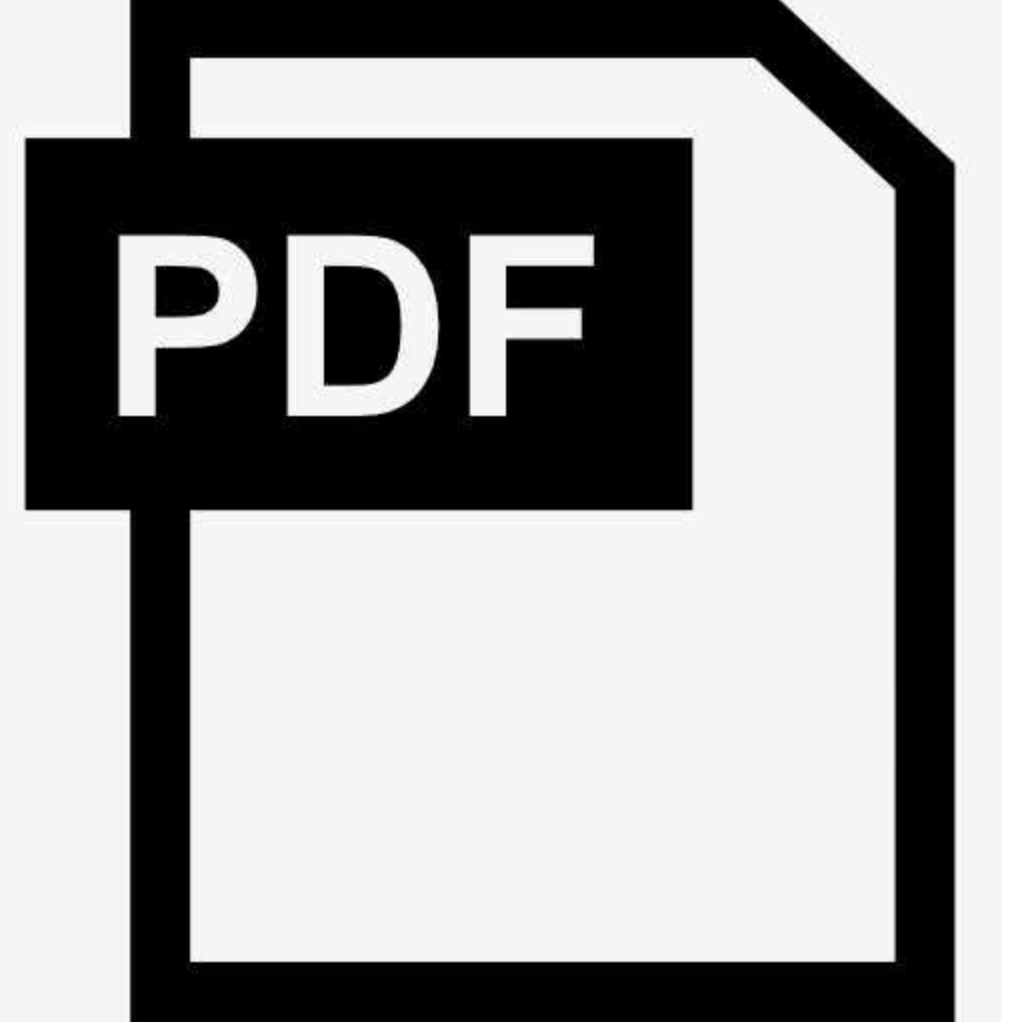LTP: Lane-Based Trajectory Prediction for Autonomous Driving
Jingke Wang, Tengju Ye, Ziqing Gu, Junbo Chen
The reasonable trajectory prediction of surrounding traffic participants is crucial for autonomous driving. Especially, how to predict multiple plausible trajectories is still a challenging problem because of the multiple possibilities of the future. Proposal-based prediction methods address the multi-modality issues with a two-stage approach, commonly using intention classification followed by motion regression. This paper proposes a two-stage proposal-based motion forecasting method that exploits the sliced lane segments as fine-grained, shareable, and interpretable proposals. We use Graph neural network and Transformer to encode the shape and interaction information among the map sub-graphs and the agents sub-graphs. In addition, we propose a variance-based non-maximum suppression strategy to select representative trajectories that ensure the diversity of the final output. Experiments on the Argoverse dataset show that the proposed method outperforms state-of-the-art methods, and the lane segments-based proposals as well as the variance-based non-maximum suppression strategy both contribute to the performance improvement. Moreover, we demonstrate that the proposed method can achieve reliable performance with a lower collision rate and fewer off-road scenarios in the closed-loop simulation.


